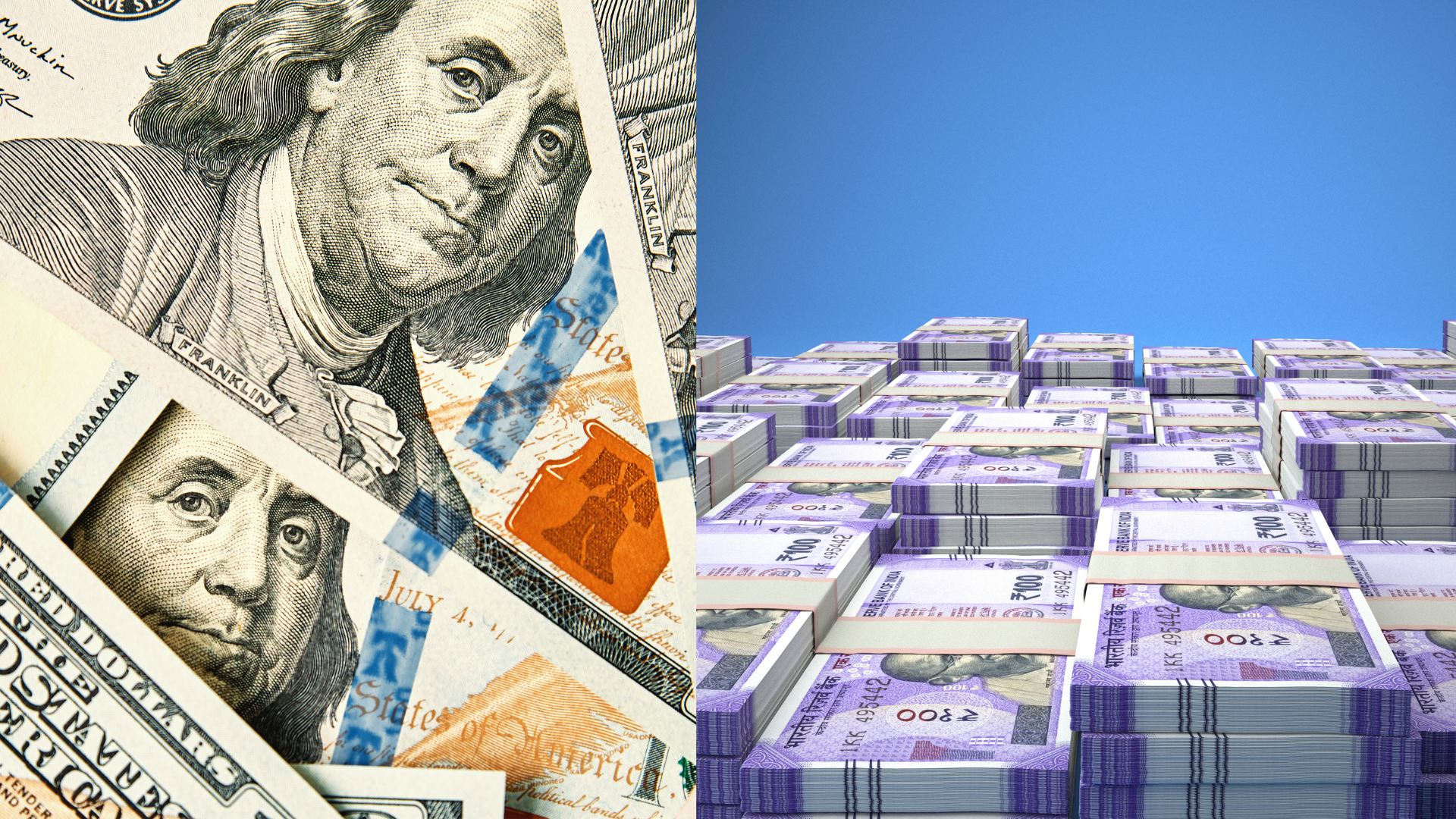The Indian rupee strengthened against the U.S. dollar on Thursday, with USD/INR slipping after former U.S. President Donald Trump suggested a new trade deal with China could be possible. The remarks added to broader market optimism, easing concerns over trade tensions and boosting risk appetite, which supported emerging-market currencies like the rupee.
The dollar faced some weakness following Trump’s comments, as investors reassessed the potential impact of renewed U.S.-China trade negotiations. While no formal talks have been confirmed, the possibility of improved relations between the world’s two largest economies helped ease demand for safe-haven assets, pressuring the dollar against several major currencies.
The rupee also found support from stable foreign inflows into Indian equities, as global investors continued to show confidence in India’s economic growth prospects. With India’s domestic economy showing resilience and inflation largely under control, the Reserve Bank of India (RBI) has maintained a balanced policy stance, further stabilizing the currency.
At the same time, the broader Asian currency market benefited from easing trade concerns, with regional currencies gaining ground against the dollar. The shift in sentiment allowed USD/INR to retreat, though analysts caution that volatility could return if new developments alter the outlook for U.S.-China relations.
Despite the rupee’s recent strength, some downside risks remain. The Federal Reserve’s policy stance continues to be a key factor, with markets closely watching any signals on future U.S. interest rate moves. If the Fed maintains a hawkish approach, the dollar could regain strength, limiting further gains for the rupee.
Looking ahead, traders will monitor U.S. economic data releases and any further updates on U.S.-China trade relations, as these factors could influence the next move in USD/INR. For now, the pair remains under pressure as investors weigh the potential for shifting trade policies and their broader impact on global markets.













